Spotted Maize Beetle Astylus atromaculatus
Family: Melyridae. Subfamily: Dasytinae
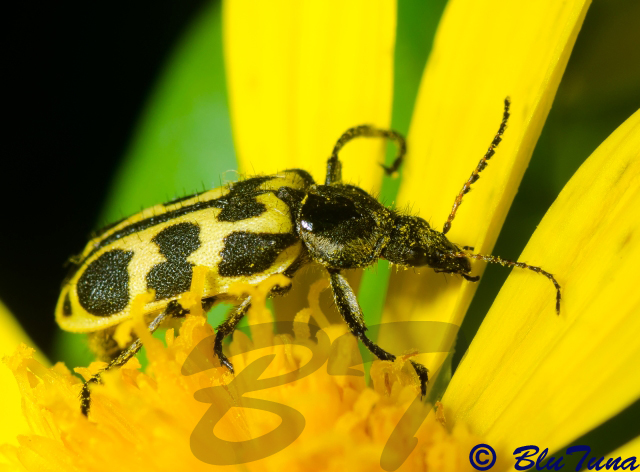
© BluTuna
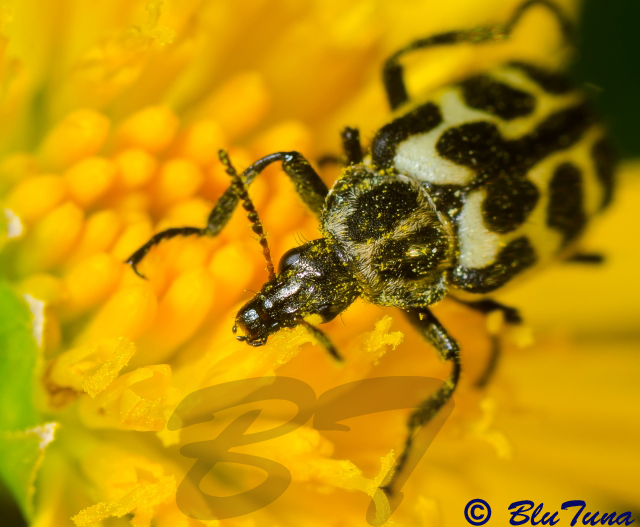
© BluTuna
Garden in Johannesburg
Description
Adult Astylus atromaculatus are roughly oval in shape, slightly elongated, with parallel sides. They generally are slightly flat in shape, and like most Melyridae, tend to be soft and leathery in texture. They attain about 12 mm in bodily length by 5 mm wide. They are finely bristly with finely punctured elytra and upper surfaces. The body colour is generally black, but with pale hairs on the pronotum surrounding two large, eye-like dorsal black patches. However, the most conspicuous feature is the colour scheme of the elytra; they are yellow to orange with a black median stripe along their margins where the folded elytra meet. Two blotches on that median stripe form cross-marks, one about 2 mm from the anterior end of the line, and one about 1 mm from the posterior end. Each elytron has three much larger black blotches on its dorsolateral surface near its lateral margin. The filiform antennae have eleven antennomeres.
The larvae are covered with long, silky setae, brown to reddish in colour.
Geographical distribution
The Spotted Maize Beetle is indigenous to South America where its distribution includes Argentina, Bolivia and Brazil. It is thought to have been introduced into South Africa in about 1916.
Habitat
Gardens and agricultural land.
Diet
Adults eat pollen, clustering on various flowers, including those of grasses, often on maize tassels.
Biology
Eggs are laid in clusters under dry leaves. The larvae (termed grubs) live in the soil, feeding on decayed vegetable matter. They are a pest in maize fields because they feed on newly planted maize seeds, causing damage both before and after germination. The adults occur in large numbers in January and February, feeding on pollen from a wide variety of plants. Even though occurring in large numbers, they don't usually cause sufficient damage to warrant attempting to control them with insecticides.
Links:
https://en.wikipedia.org/wiki/Astylus_atromaculatus
Hunting cannot be considered a sport as all contestants in a sport should know they are playing the game!
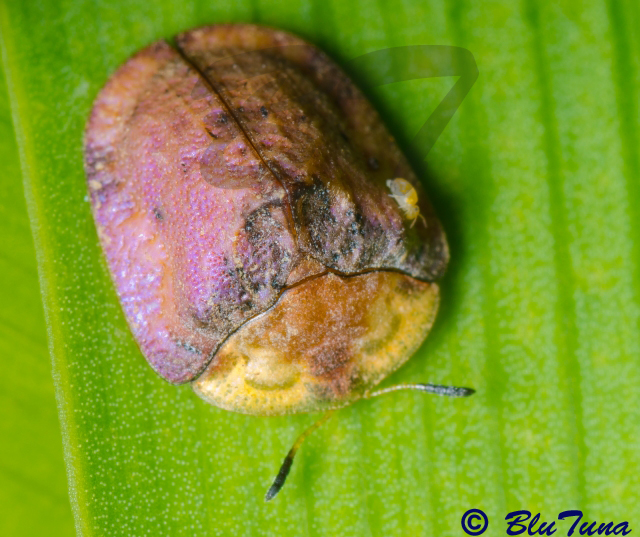 © BluTuna
© BluTuna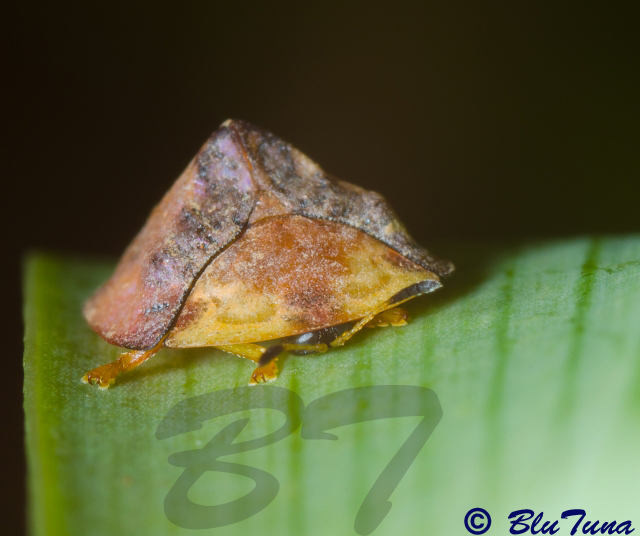 © BluTuna
© BluTuna


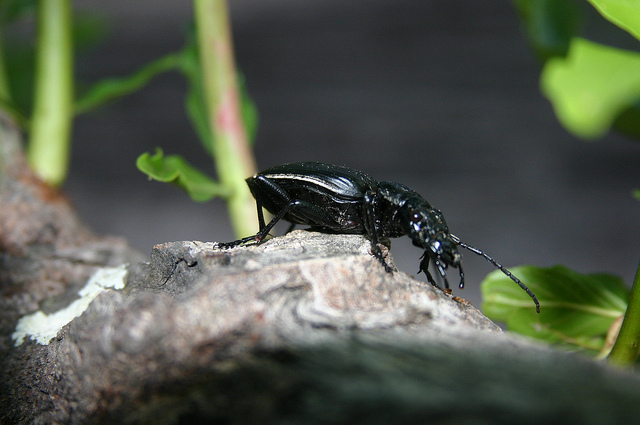 © Moggiedog
© Moggiedog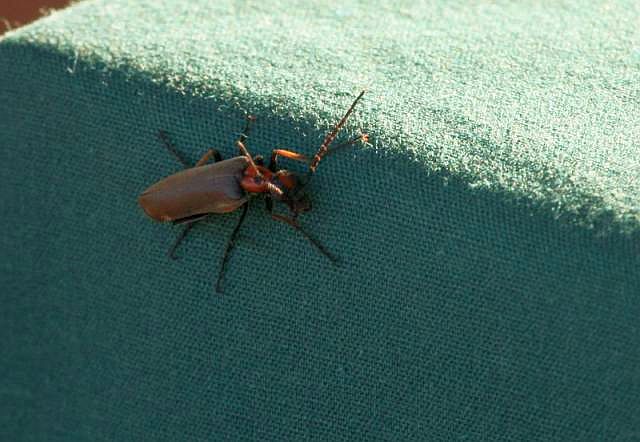
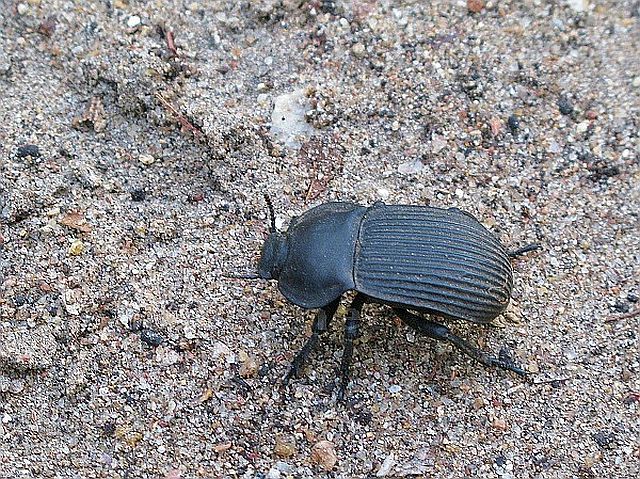 © nan
© nan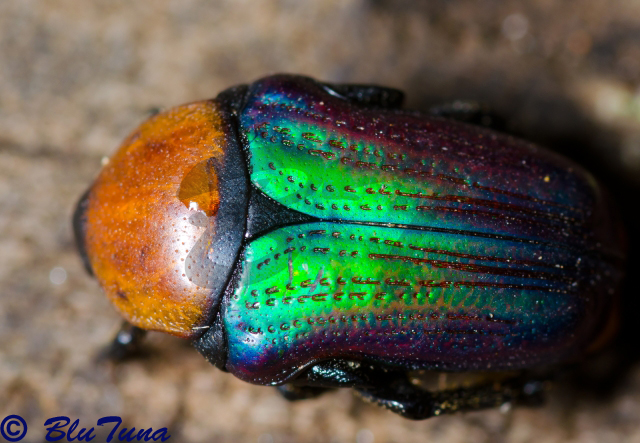 © BluTuna
© BluTuna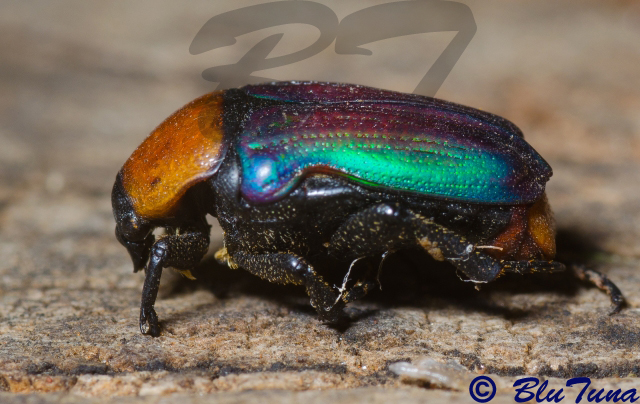 © BluTuna
© BluTuna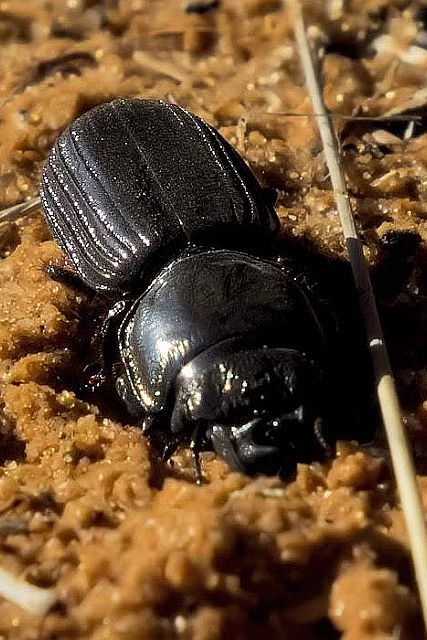 © PRWIN
© PRWIN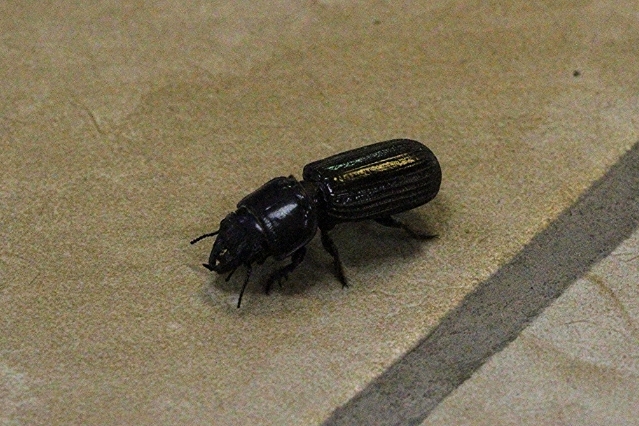 © Tina
© Tina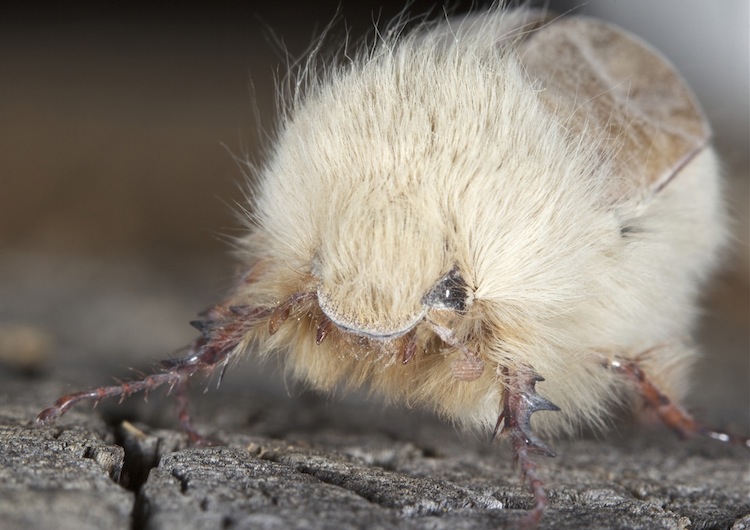
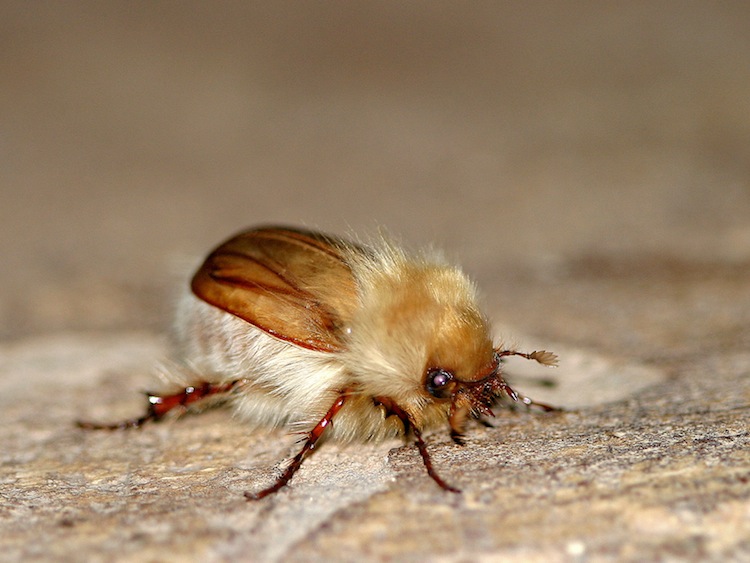
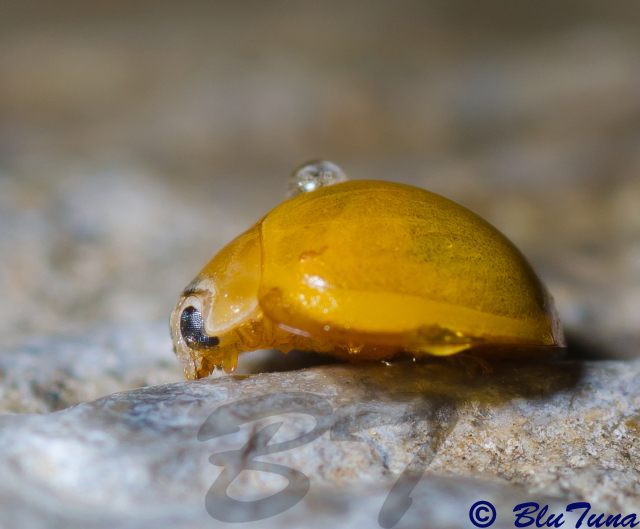
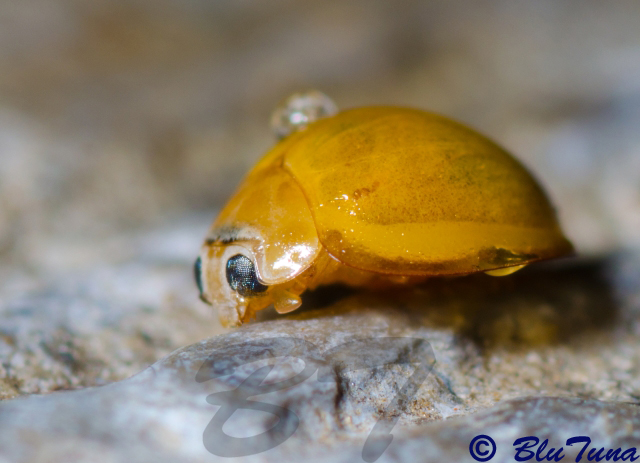 © BluTuna
© BluTuna © BluTuna
© BluTuna © BluTuna
© BluTuna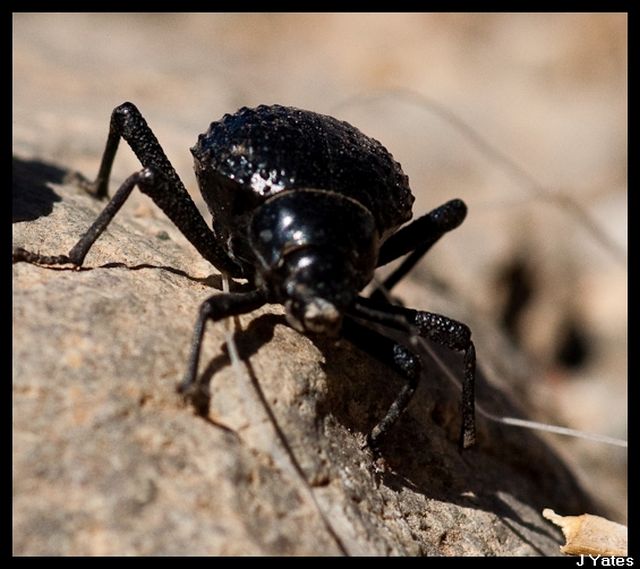 © Kesheshe
© Kesheshe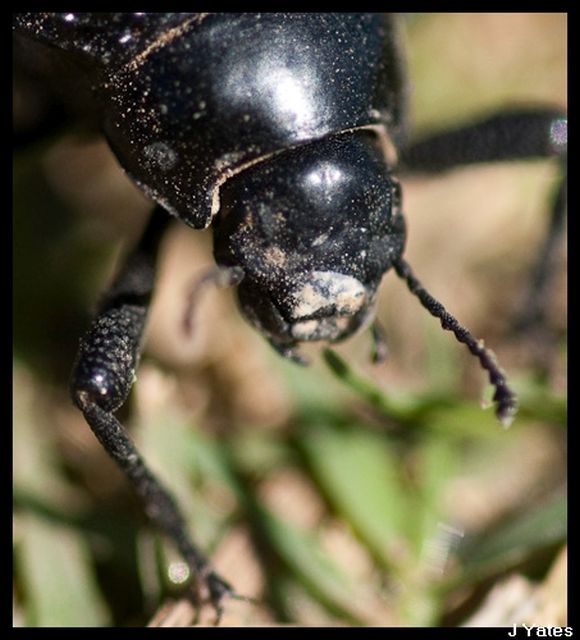 © Kesheshe
© Kesheshe